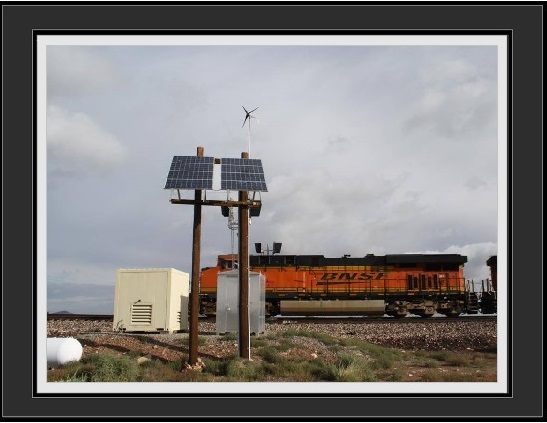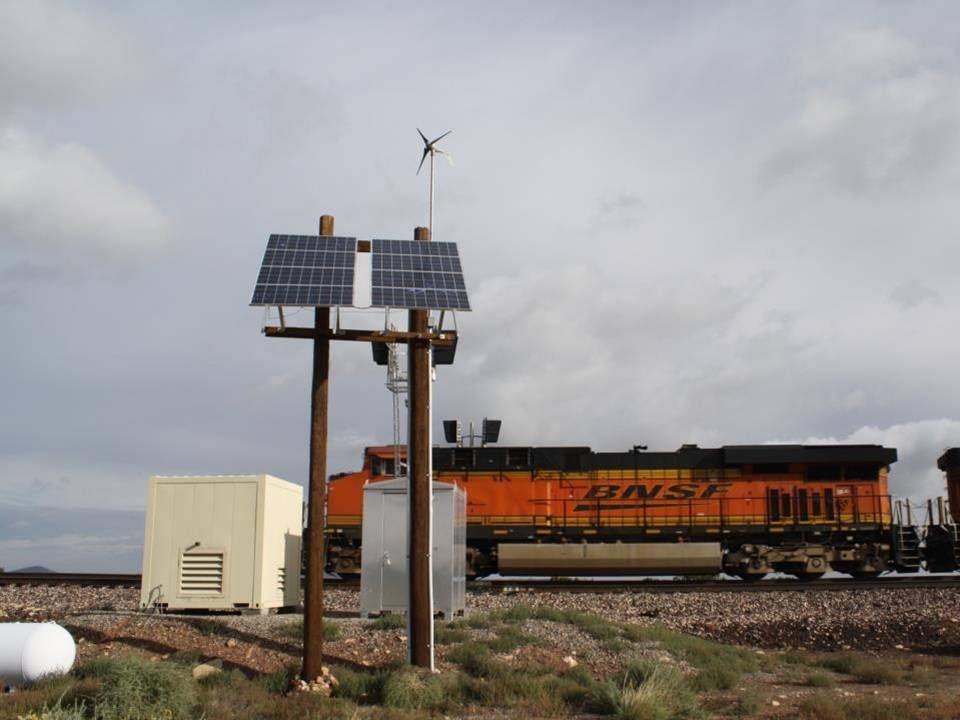
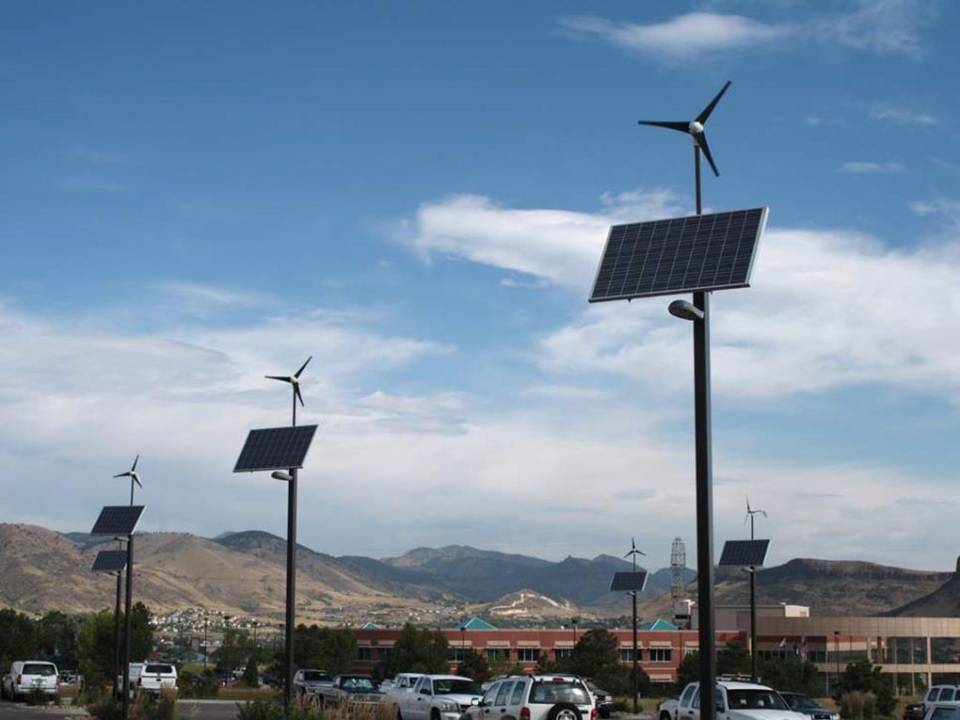
Simply put, solar and wind combine beautifully to create better reliability, increased power performance, and improved battery health. Naturally complementary, wind and solar prop up the potential weakness of the other, resulting in a truly cooperative power system.
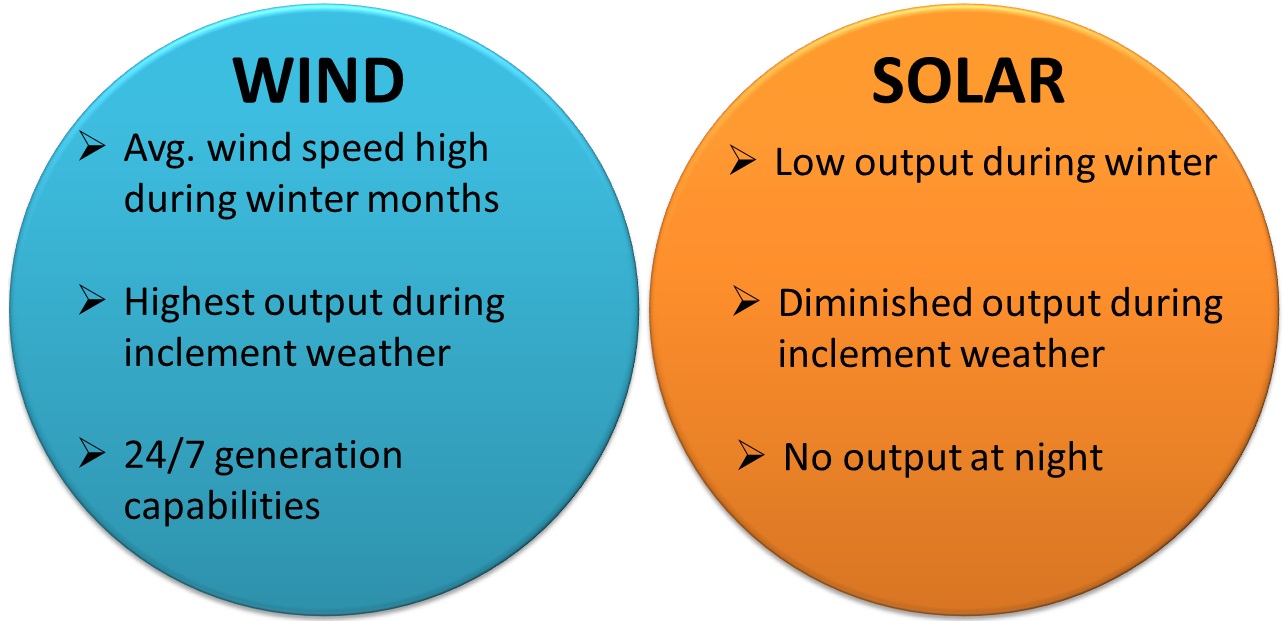
Let's take a closer look at the benefits of Solar & Wind Hybrid Systems
Natural Complementary Relationship
Solar and wind are complementary resources - in times when there are lower solar resources (at night, in winter, during inclement weather, etc) there are typically higher wind resources to compensate. The inverse relationship is shown in the graph to the right; the dotted orange line depicts solar resources and blue depicts wind resources.
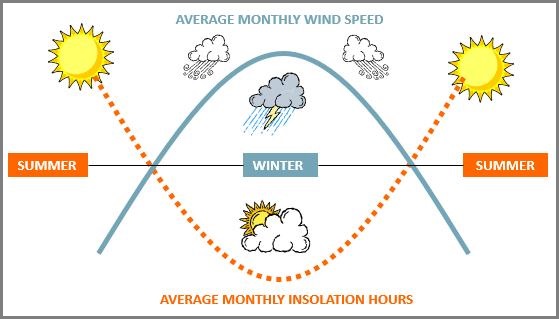
Increased Reliability & Performance
Overall system reliability can be improved as each subsystem (solar and wind) function separately, independently, and autonomously. So, if a failure occurs on the solar portion on the system (e.g. damaged solar module, charge controller fault, etc.), the wind portion of the system could continue to charge the battery, and vice versa. This could extend the overall run-time of the system until a technician was able to get to the site and correct the problem. This relationship creates an additional charging resource for the battery, ultimately rendering the whole system safer and more reliable.
Improved Battery Health
By having an additional charge resource, a higher battery state of charge can be maintained. Reducing the average battery Depth of Discharge (DOD) and the number of cycles, and achieving full charge more frequently, the battery life can be increased and extended. This can also help reduce sulfation, one of the leading causes of battery failure.
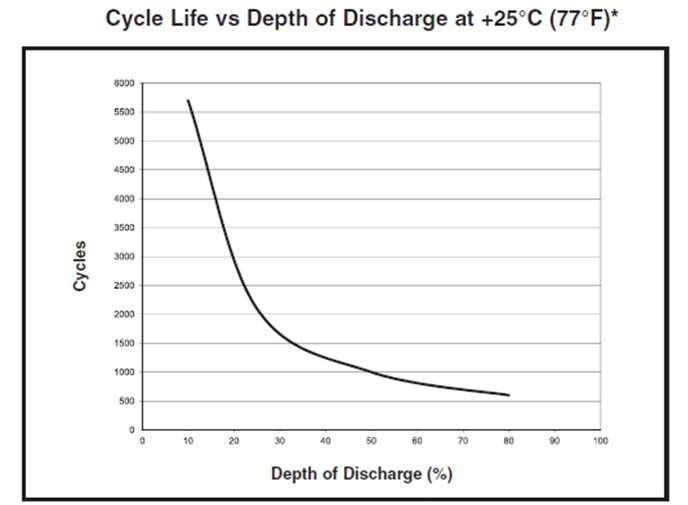
But What About Geography?
The benefits to using Solar & Wind Hybrid Systems are numerous, but it is important to assess the geography of your location. The image below depicts a wind and solar resource map:
- Regions in White: Typically solar-only regions
- Regions in Light Blue: Hybrid solutions should be analyzed
- Light Blue to Dark Blue: Hybrid solutions strongly recommended.
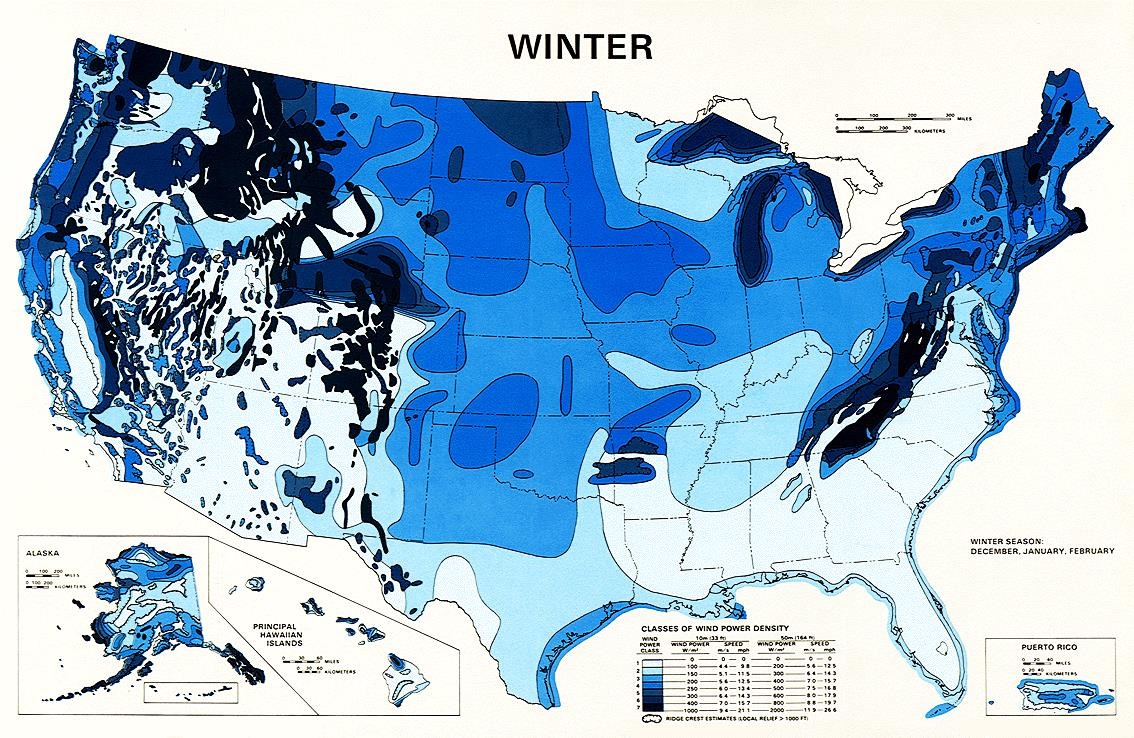
Coastal, mountainous, and northern regions have the greatest wind resources, while southern and southeastern regions have lower wind resources. Does this mean a hybrid solution can't be used in the southeastern regions of the U.S.? Absolutely not! There are many other forms of hybrid power solutions available. The geography of the landscape is a factor that should be acknowledged, but this doesn't immediately render the product useless.
Conclusion
Adding a wind generator to your stand-alone photovoltaic system can increase the overall reliability and performance of the system. For sites in the northern parts of North America, wind can help the system stay online through the winter, when solar resources are the lowest. Understanding your project load requirements and assessing the geography of the landscape will get you started.
SunWize conveniently offers a System Sizing Form that is designed to get you in touch with someone who can answer all of your questions. You can get started here.


